real dog skeleton (Fritzchen) 3D model by 3DScan4You.de (3dscan4you
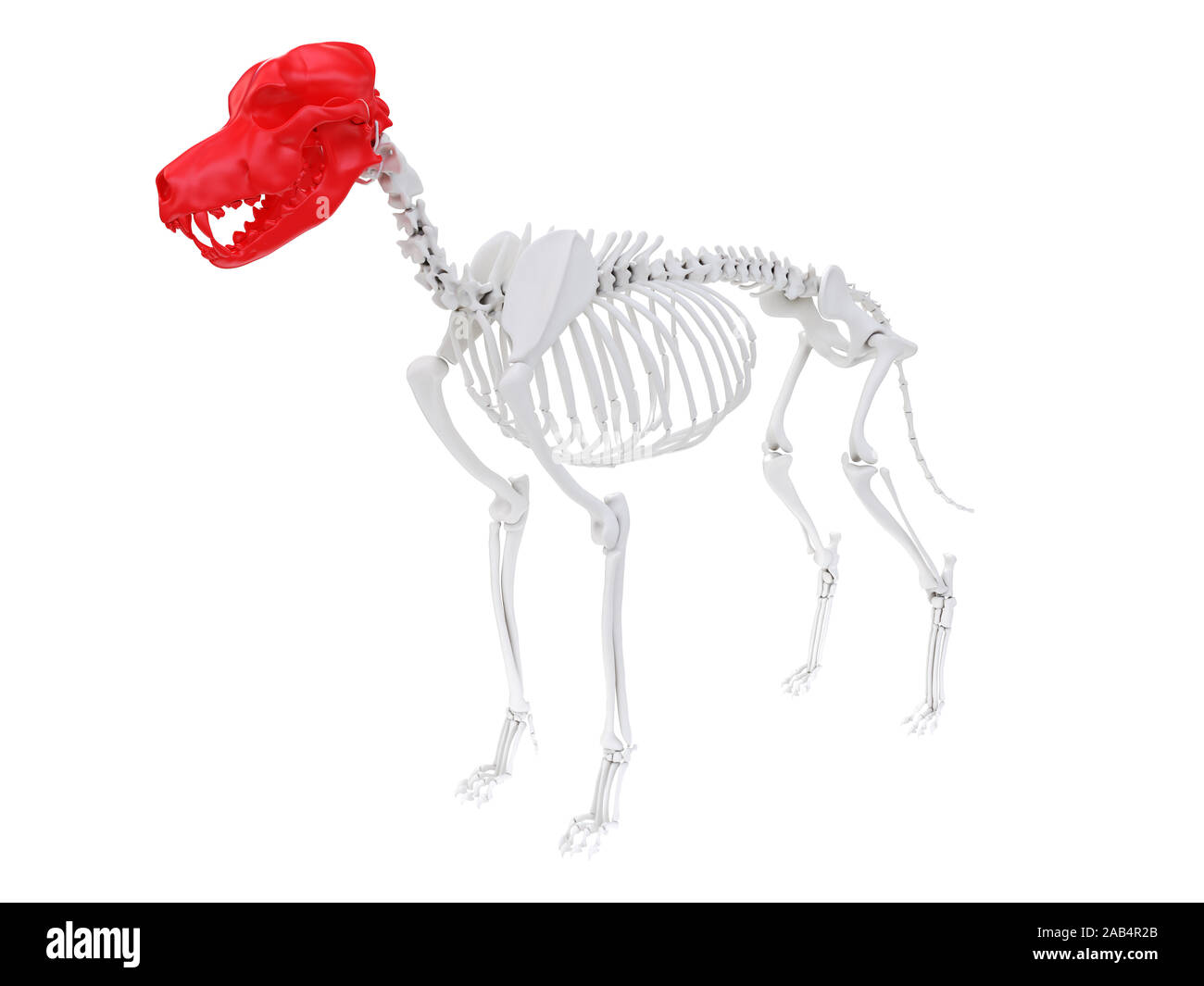
Skeletal anatomy hires stock photography and images Alamy
The dog skeleton is the bony part of dogs made for the support and protection of internal organs. Bones are connected through joints and muscles move the bones to produce the normal dog movements. In this article we will cover: Bone types and parts of the dog skeleton The dog skull Dog cranium The spine The Trunk The Forelimb The Hindlimb
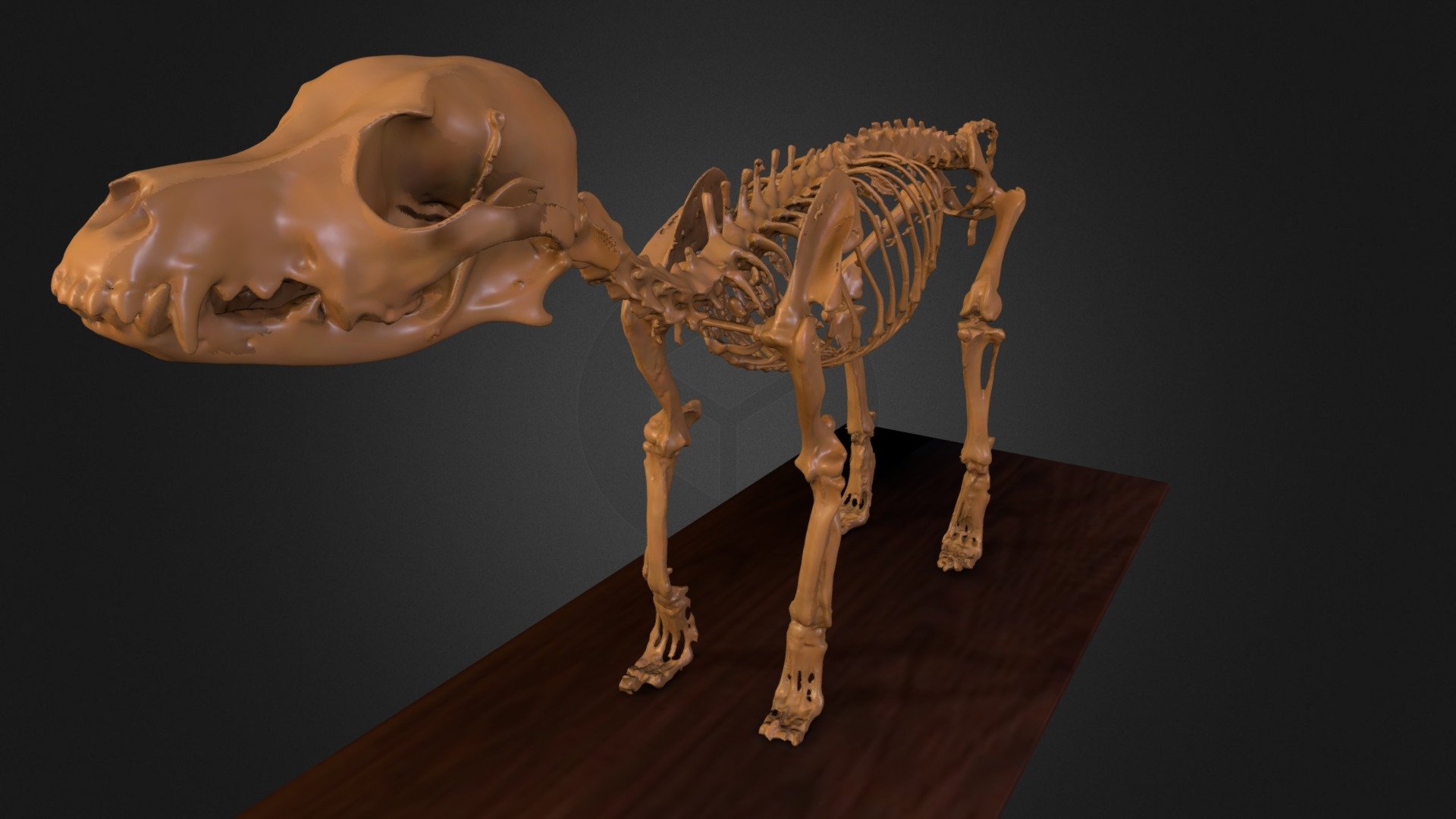
real dog skeleton (Fritzchen) 3D model by 3DScan4You.de (3dscan4you
Diaphragm: The diaphragm is the primary muscle involved in breathing. When a dog barks, it contracts the diaphragm forcefully to expel air out of its lungs and through its vocal cords. Laryngeal muscles: The laryngeal muscles control the opening and closing of the dog's vocal cords, which are located in the larynx (voice box) in the neck.
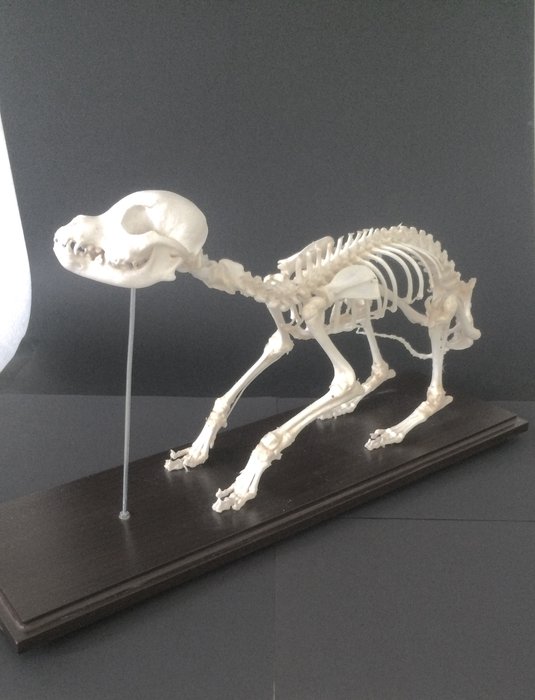
Real dog skeleton Canis sp. 58 x 30 x 17cm Catawiki
Anatomy atlas of the canine general anatomy: fully labeled illustrations and diagrams of the dog (skeleton, bones, muscles, joints, viscera, respiratory system, cardiovascular system). Positional and directional terms, general terminology and anatomical orientation are also illustrated.
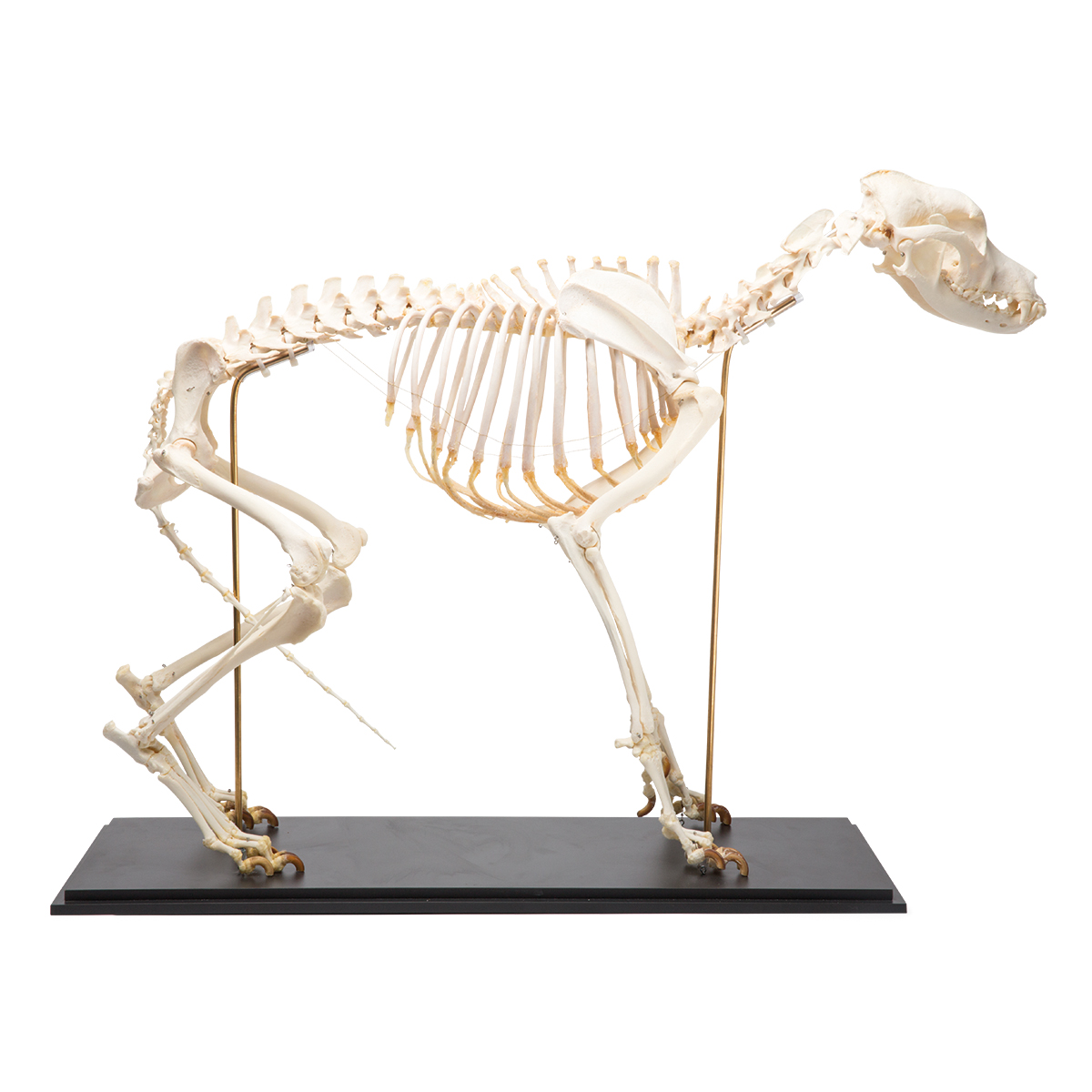
Dog Skeleton ubicaciondepersonas.cdmx.gob.mx
This canine skeleton specimin is a real, complete skeleton which enables students to make a closer examination of the 280 bones that make up the skeletal system of the domestic dog. This canine skeleton represents a medium-sized animal. The dog model has been flexibly mounted to enable study of canine skeletal movement.

Dog skeleton 101 Dog Anatomy Bones Animal Hackers
Our canine posters are suitable for both animal lovers and veterinary studies. Our canine model range covers detailed pathology models, common canine parasite models, acupuncture models, models with educational cards and real dog skeletons - ideal for advanced anatomical study and display. We also offer clinical skills trainers, including.
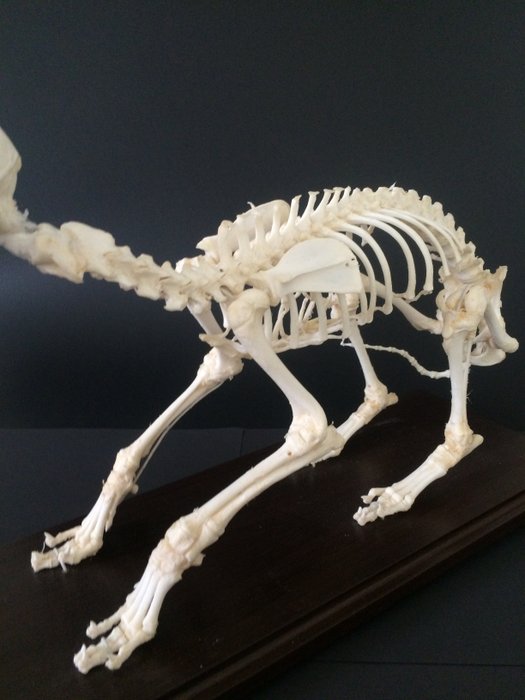
Real dog skeleton Canis sp. 58 x 30 x 17cm Catawiki
Anatomy of a Dog Dog Skeleton Anatomy Dog Muscle Anatomy Female vs Male Dog Anatomy Summary Anatomy of a Dog Dog anatomy details the various structures of canines (e.g. muscle, organ and skeletal anatomy). The detailing of these structures changes based on dog breed due to the huge variation of size in dog breeds.

3D model Realistic Dog Skeleton CGTrader
Need a Specimen Cleaned or Articulated? We Provide The Highest Quality in the USA! Catch the latest arrivals and save 10% on all new items within their first 24 hours - don't miss out on these limited-time offers! $299.00 Real Domestic Dog Skull - French Bulldog (Periodontal) $49.00 Real White-tailed Deer Antler $104.00

Dog skeletal anatomy YouTube
Dog Skeletal Anatomy. High Resolution PDF for Printing. Click Here. Link to More Information About This Animal. Click Here. Citing Research References. When you research information you must cite the reference. Citing for websites is different from citing from books, magazines and periodicals. The style of citing shown here is from the MLA.

Real Dog Skeleton, Size M, Specimen
Item Number: VET1700 Available Delivery: 3 - 4 weeks Quality life-size cast of a medium canine skeleton features a removable skull, legs and tail, and a movable jaw. £312.00 Inc VAT £260.00 Exc VAT Qty 3 Year Warranty Free UK Delivery on Orders over £50 Rated Excellent on Reviews.io Description Technical Information Delivery & Returns

Ceramic dog skeleton very Day of the Dead skull item Dog skeleton
Real 3D Anatomy is a free online resource, which offers a high quality 3D anatomical model of a dog skepeton. Using images of a real dog skeleton the 3D model comprises approximately 20 individual bones from a canine skeleton which are fully rotatable in 360 degrees from any angle and are complete with zoom functions. Created by a team from the.
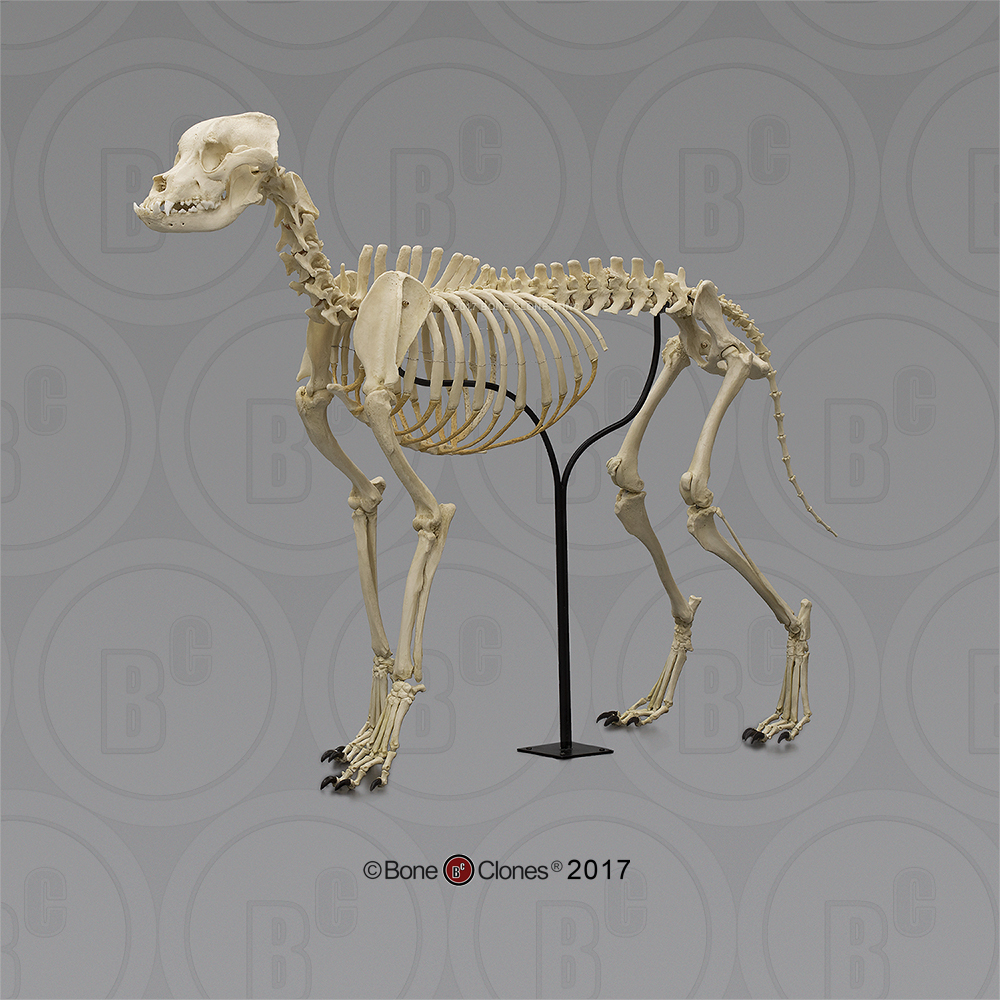
Large Dog Skeleton, Articulated Bone Clones, Inc. Osteological
A dog's skeleton is formed so the dog can run fast, hunt and chase. For example, a dog's shoulder blades are not tightly connected to its skeleton, so the dog has potential for greater motion and flexibility. The dog skeleton has an average of 319 bones. Where Is the Skeleton Located in Dogs?

17 Best images about Dog skeleton on Pinterest Foot anatomy, Models
The dog skeleton anatomy consists of bones, cartilages, and ligaments. You will find two different parts of the dog skeleton - axial and appendicular. Here, I will show you all the bones from the axial and appendicular skeleton with their special osteological features. Again, I will provide more labeled diagrams for each dog skeleton bone.

How Mammals’ Complex “Frankenstein’s Monster” Backbones Evolved
One of the most important things to know about a dog's skeleton is where its vital organs are located. Let's take a closer look at each one: Heart: The heart is located in the middle of the chest, just behind the sternum. Lungs: The lungs are located on either side of the heart and extend down to the ribcage. Stomach: The stomach is located.

Dog skeleton, Domestic dog, Real dog
Real Domestic Dog Skeleton by Skulls Unlimited $550.00 - $4,650.00 4 interest-free installments, or from $49.64/mo with View sample plans Class : Mammalia Order : Carnivora Family : Canidae Genus : Canis Species : familiaris Size: Small Large Medium Small Additional Options: Disarticulated Skeleton Disarticulated Skeleton Articulated Skeleton

Real Domestic Dog Skeleton by Skulls Unlimited — Skulls Unlimited
The skeletal system is the 'framework' upon which the body is built - it provides support, protection and enables the animal to move (Fig. 3.1). The joints are considered to be an integral part of the skeleton. The skeletal system is made of the specialised connective tissues, bone and cartilage. Fig. 3.1 The skeleton of the dog showing.

A 3D Dog Anatomy Model
What, and Where is a Dog's Skeleton? How is the Skeleton Constructed? What are the Different Classifications of Bones? What are Bones Made Of? What Diseases Can Affect a Dog Skeleton? 1. Hereditary and Genetic Disorders Hip Dysplasia Panosteitis HOD and OCD Osteomyelitis 2. Nutritional Disorders Rickets Lack of Vitamin D 3. Trauma 4. Cancer